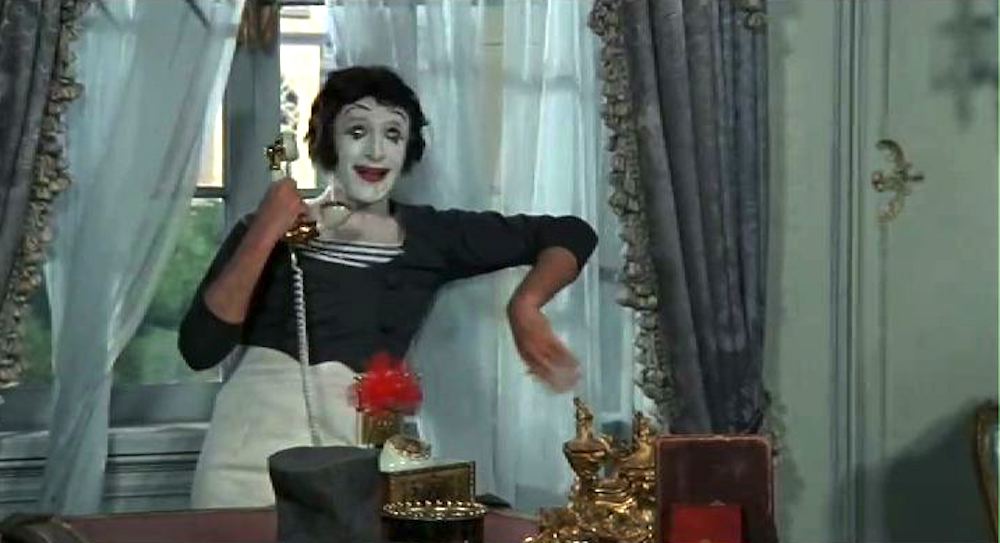The silence of Silent Film is also its most misunderstood or misinterpreted aesthetic. Many people assume that Silent Film is movies with no sound, hampered by its mute form.
True, the word “silent” is incredibly off-putting, and its being the label for films made before the advent of synch-sound or the industry’s switching over to it tells you it’s movies with no sound.
Mel Brooks’ Silent Movie contains several gags that poke fun at the fact that silent movies have no sound. If anyone remembers one gag from the picture, it’s the moment with Marcel Marceau. Anyone doing an impression of olde timey silent movies for you will mouth words and gesture.

The truth is, however, that it isn’t so much that Silent Film was gagged, technologically, but that the art of it danced with that lack of spoken words. It’s actually ironic that the expressiveness of the medium comes from the very aspects of it that seem like handicaps. Silent Film’s apparent shortcomings or perceived-as-primitive facets are precisely what allows for its expanded creative lattitude.
Silent Film’s silence, as Kerr points out, is possibly its greatest asset.
The other key element of Silent Film, which Kerr covers in his next chapter, is its speed. It’s almost a partner-in-crime to the silence. The silence — the complete lack of recorded and synchronous sound — is one of the two key elements that lifts the universe of Silent Film from the factual world we recognize. The other one is that of speed, which Kerr covers in the next chapter.
The first post in this series is here.
The previous post to this one is here.
The next post is here.
Copies of The Silent Clowns turn up on eBay.
(Rest assured…I’m not going to describe and discuss every chapter in The Silent Clowns in this series of posts. I’ve set out here to write posts about my own findings, impressions and experiences with understanding the language of Silent Film here. The opening chapters of Walter Kerr’s book, as it turns out, form the foundation of most of this, and so this is what I’m leading off with in the first week of these blog posts.)
Ben, I appreciate all that you do to help generate interest in silent films. It is a unique art form that more people should experience. Some of the greatest films of all time are silent films, and certainly many of the funniest films are silent. Thank you and Steve for doing the Silent Comedy Watch Party each week.
Thanks so much Eric. A lot of the ideas I’m writing about are what the class I teach at Wesleyan is about. More about the storytelling language and its development than on academic theories of cinema.